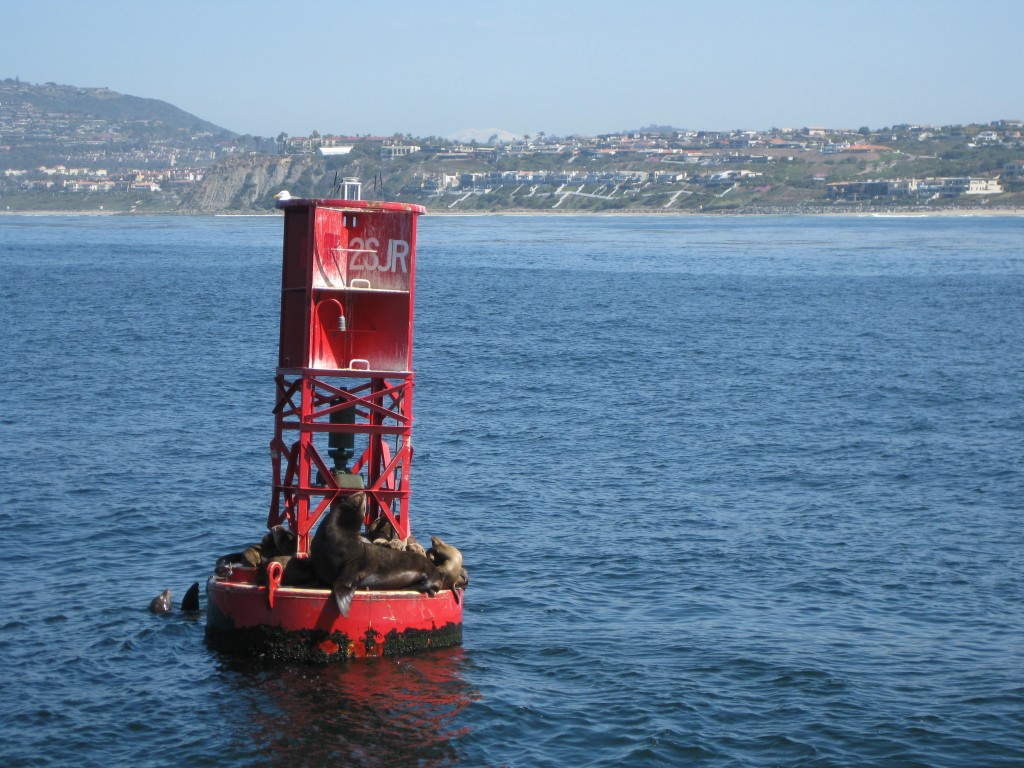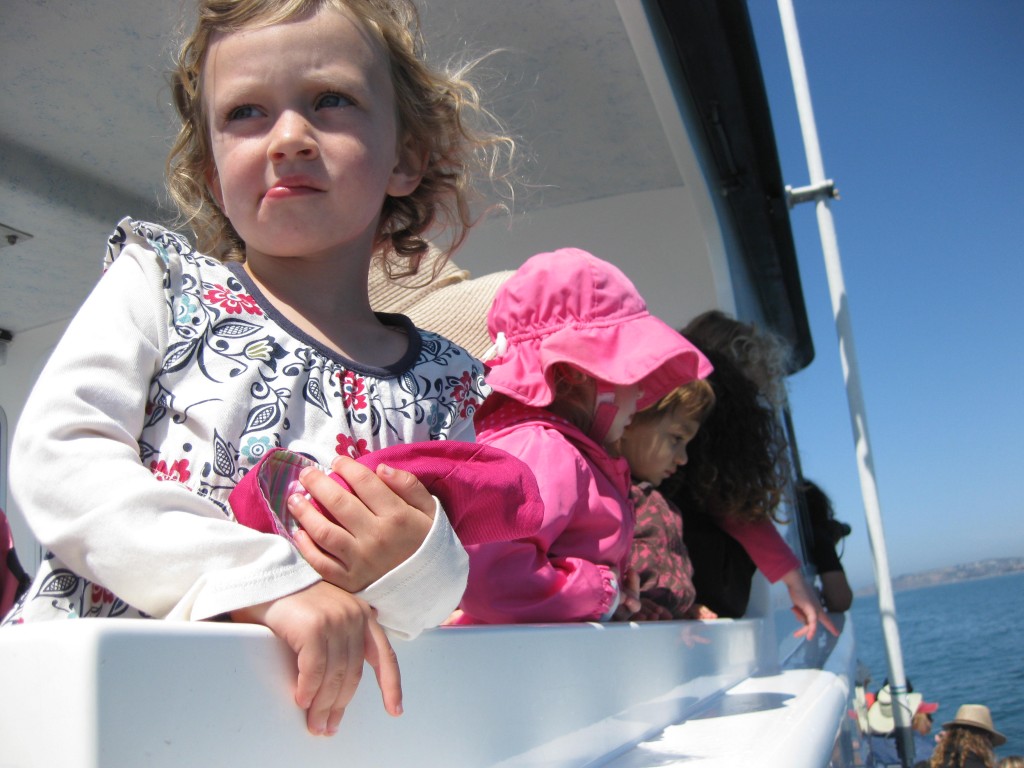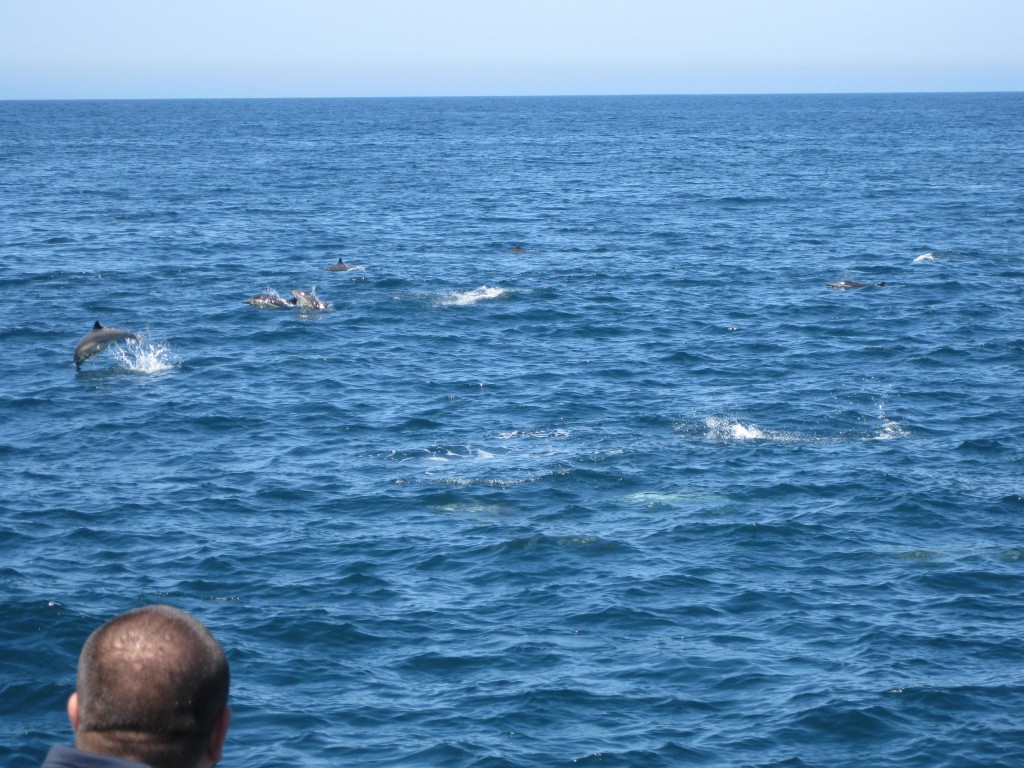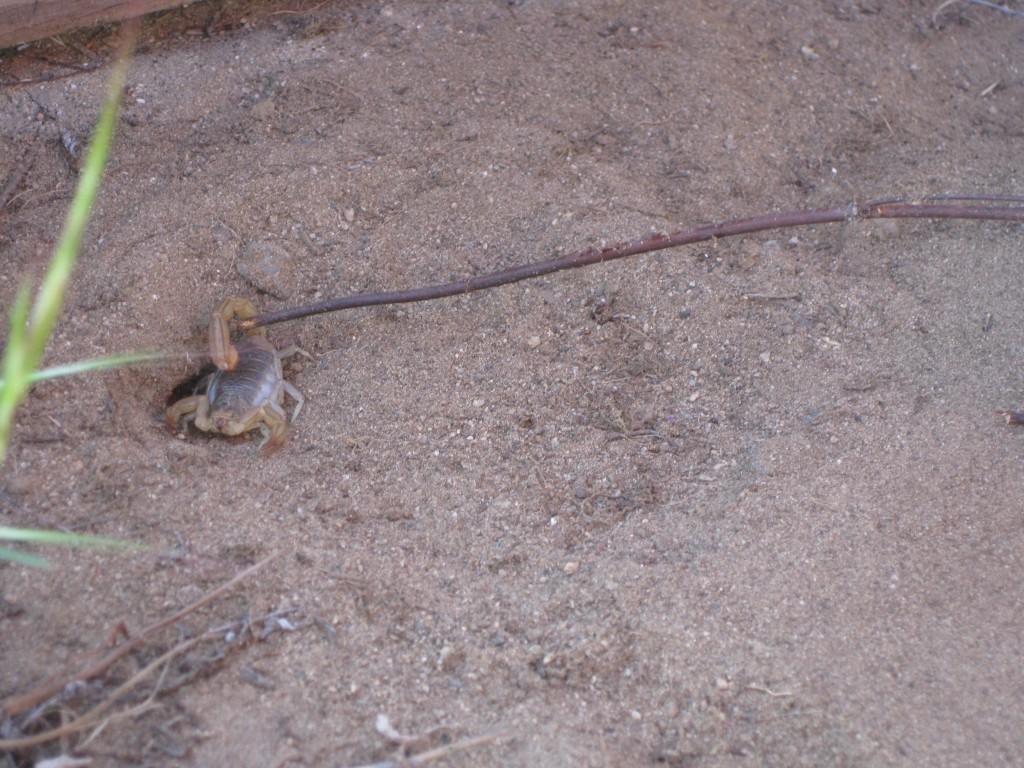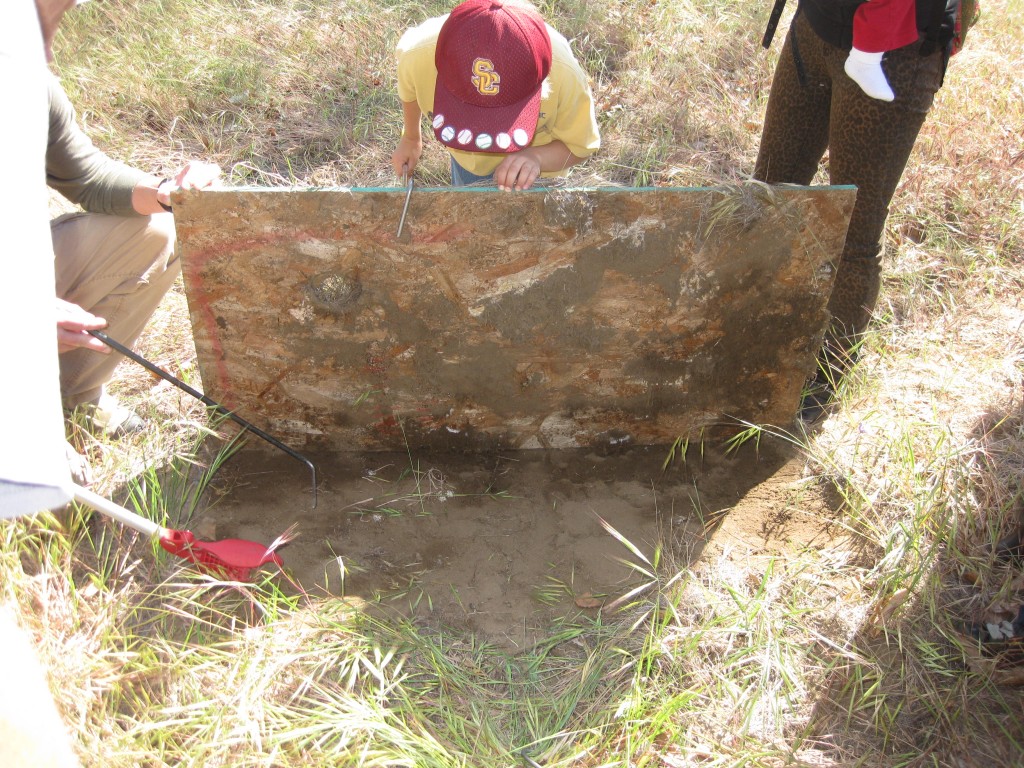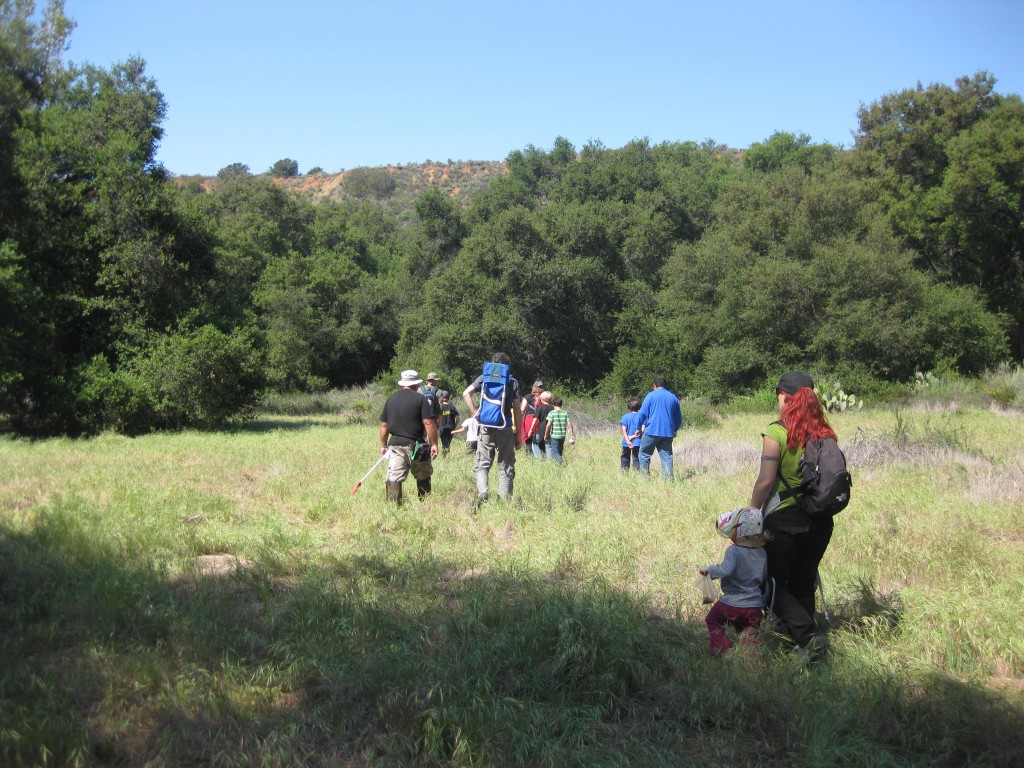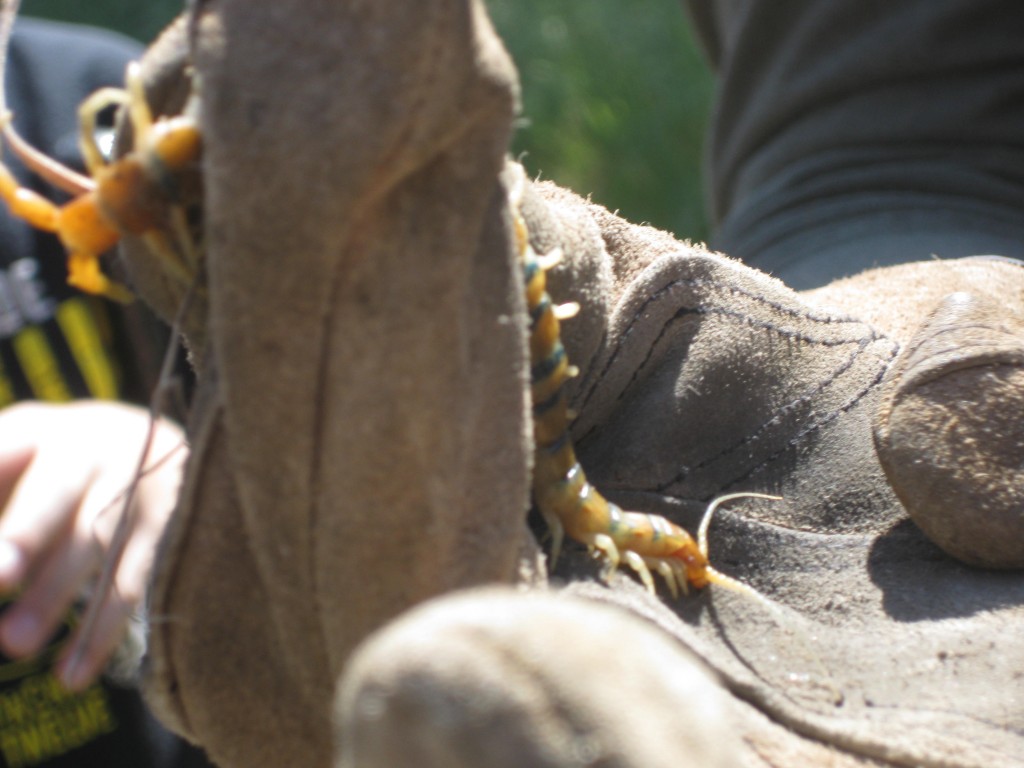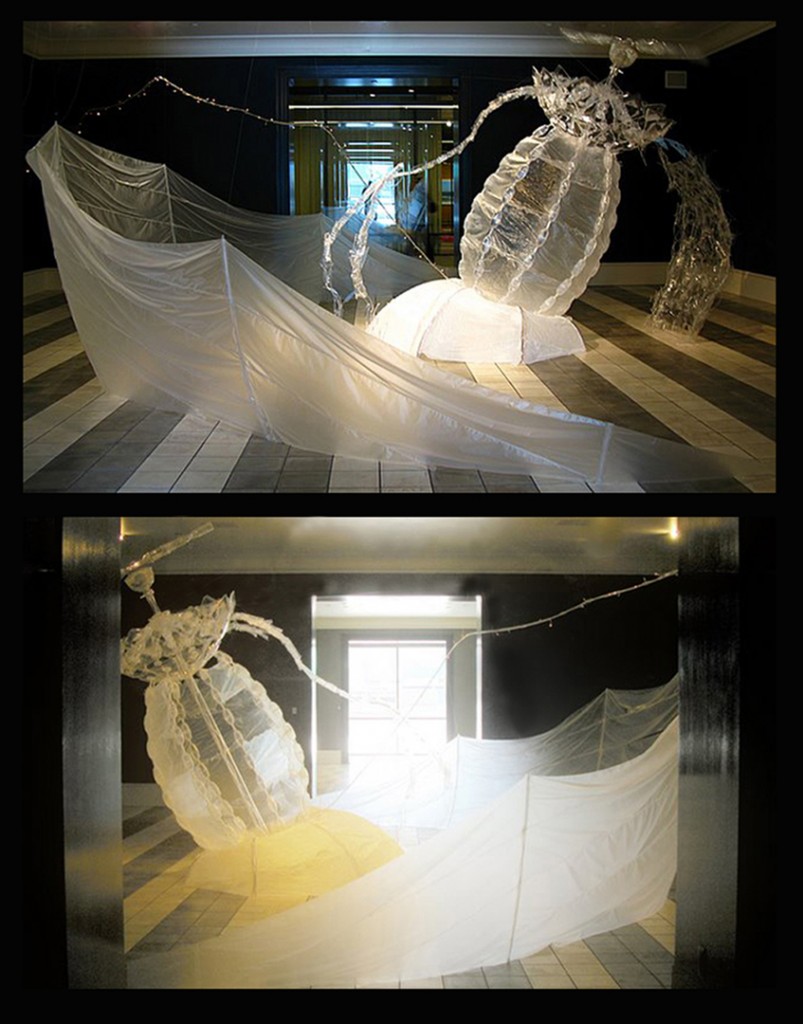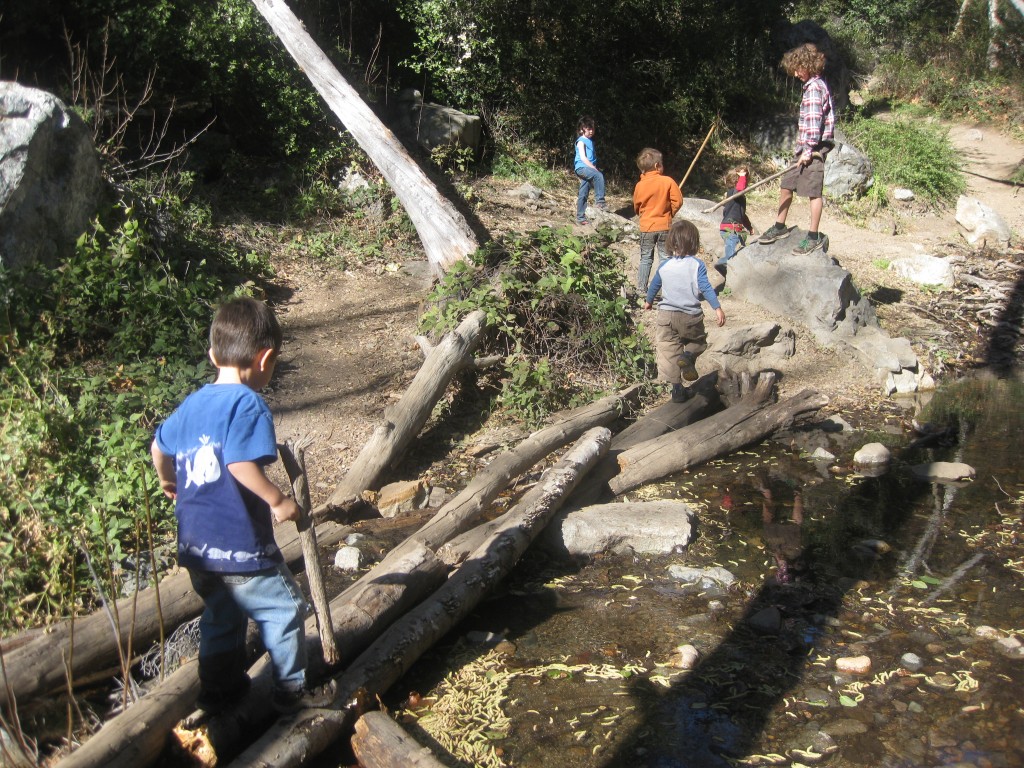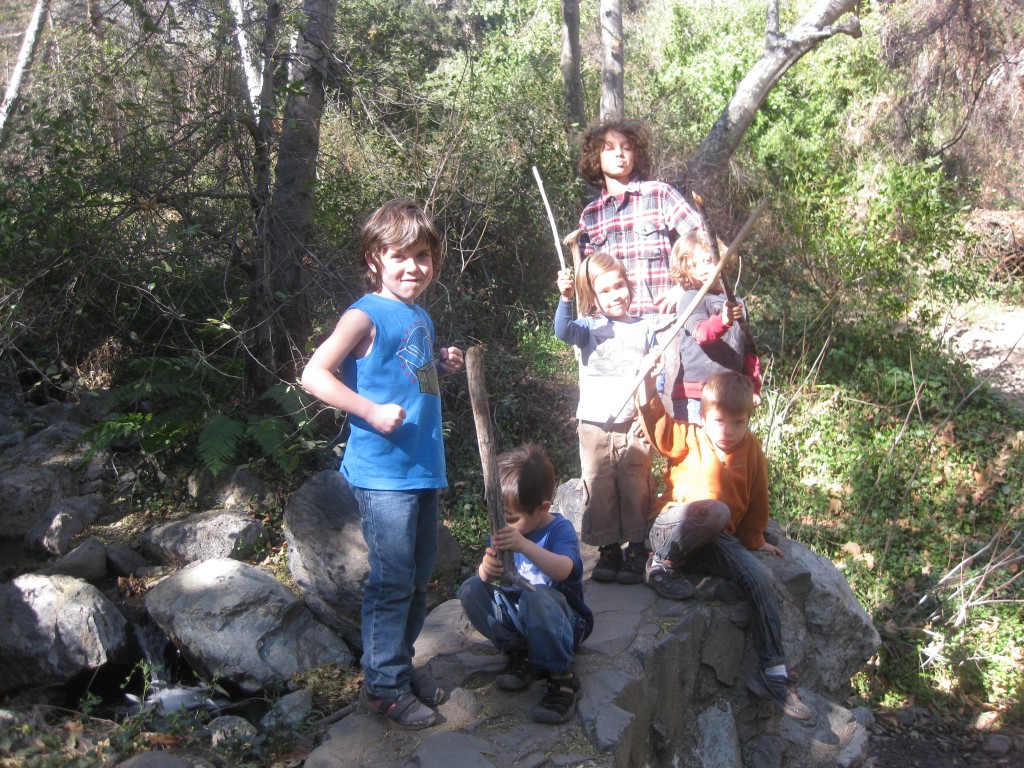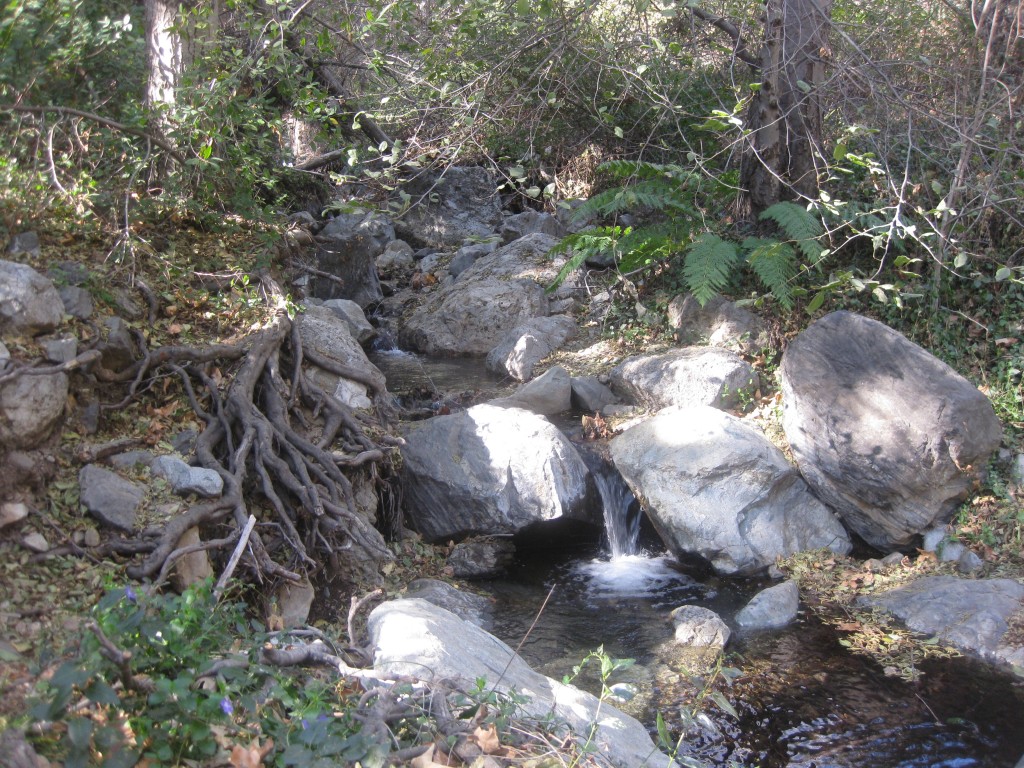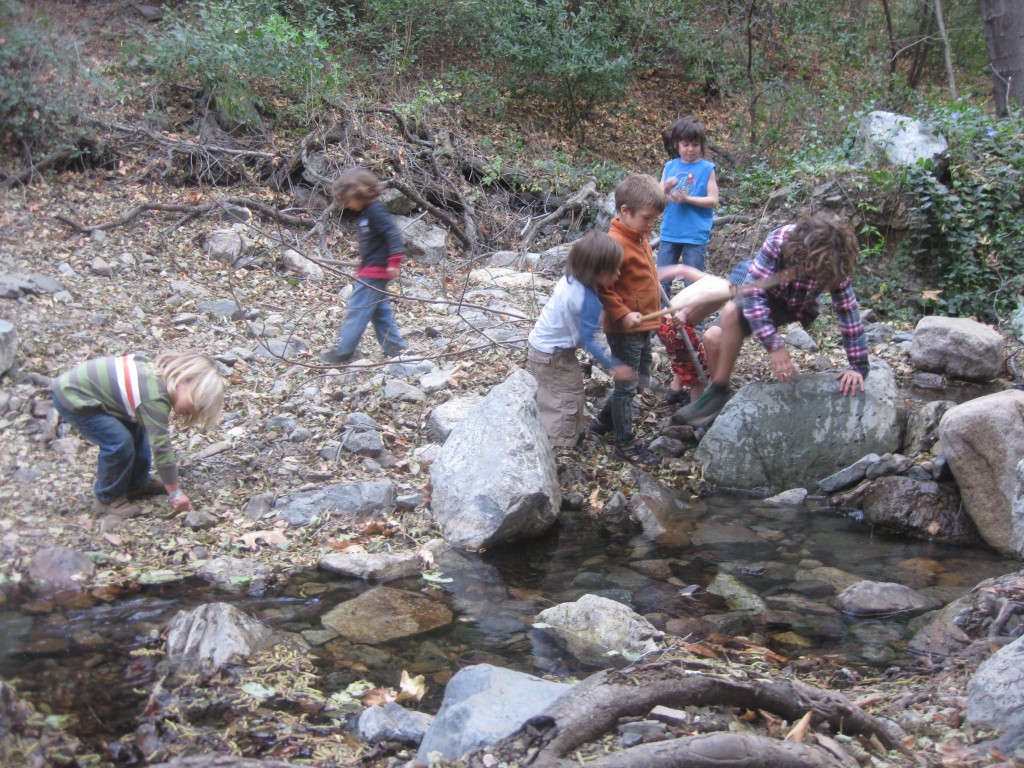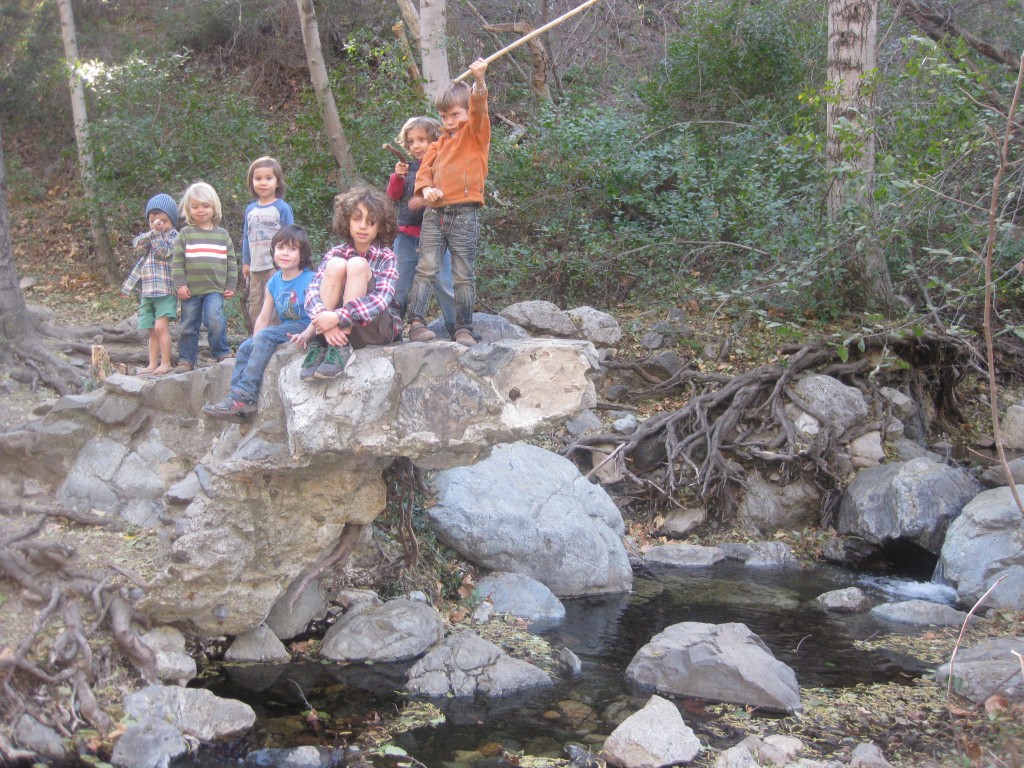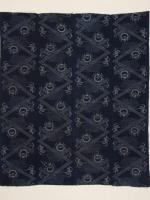As Christian and his friends approach their fourth birthdays this year, there has been a lot of buzzing about schooling and homeschooling, because frankly most conventionally schooled kids are already in some “school” situation by this age.
As a mom of an 18-year old who was homeschooled until 7th grade, I’ve been asked more than once to share some thoughts and resources on the subject. Well, here it is. Keep in mind that I’ve been out of the homeschool loop for some years now and my favorite resources were written over 20 years ago. I have new favorites, but I know that I’m just touching the tip of the iceberg. (This post is for you, Shelby and April!)
Specifically, this post will be about Waldorf-inspired homeschooling in California.
IMO: Most unschooled kids in a literate, loving household with restricted TV and plenty of time outdoors, would get to the age of 12 pretty much knowing the same amount of information as a 12-year old public-schooled kid – simply by being allowed to follow their own interests. I really do believe this. Research shows (remember, I was a public school teacher for 10 years) that only about 20% of the population needs explicit teaching to learn to read. That’s right, most of learn to read as effortlessly as we learned to talk.
What does this mean? That we’re making mountains out of molehills. Moms ask, with wringing hands, if homeschooling will ruin their children. I assure you, a little love and a little interest go a long, long way, and there is very little chance that you will do less for your child than the public school system.
YOUR CHOICES:
In California, there are three main ways to homeschool with varying degrees of personal responsibility and freedom.
I. Charter Schools – Public schools get federal funds for every student enrolled, so it’s no surprise that public schools are out to get their piece of the homeschool market. A homeschooler who enrolls in a public charter school is entitled to a certain portion of this money to spend on curriculum or educational classes. This is a very attractive bonus to some, especially as programs like Earthroots are approved charter school vendors. Generally, you can choose your own curriculum, but the flip side is that you have to meet with an Education Specialist (ES) once a month and show examples of work in all subjects. Students are also generally expected to participate in state testing. Charter Schools are good for people insecure about homeschooling, and who want a bit of hand-holding. It’s more difficult for those interested in Waldorf-style education because you have to constantly justify watercolor painting, music, and handwork as necessary for the growing soul (let’s face it, the state does not care about the child’s soul) and also because academics, as such, are slightly delayed in a Waldorf program, in order to protect the wonder of the younger years.
II. Private Homeschool Schools – There are some great Waldorf and Waldorf-inspired curriculum out there today, and most offer support, if you want it. Meaning, that an “school” like Oak Meadow will sell you just the curriculum, or offer telephone/online support, or you can enroll your child in a distance-learning program where you are actually sending work to a teacher who offers feedback and assessment. Again, enrolling in a program is helpful for those who want more guidance and direction.
III. Be Your Own Private School – In California, it only takes the choosing of a name and the filing of an affidavit to proclaim yourself as a private school. Yes, really. Since private school teachers are not required to be credentialed, you can list yourself as the sole teacher, and your child, the sole pupil of your school. The last I heard, you are required to keep attendance records. Homeschooling organizations like CHN (California Homeschool Network) can offer support for this choice.
BUT WHICH CURRICULUM?
If you are interested in Waldorf homeschooling, the two big names are Live Education and Christopherous. Both are expensive, but can be found used (even though they are not supposed to be resold – there are yahoo boards where reselling happens). You can use charter school funds to purchase these curriculums, but you will have to hand the curriculum back to your ES at the end of the year. (Technically, everything you buy with your charter school funds becomes public school property.)
There is also Enki and Oak Meadow, which are both considered Waldorf-inspired, not “pure” Waldorf. I use parts of both as a resource for my forest kindergarten, especially for opening circle. Enki is nature-based. Oak Meadow has been around a long time and I used it (loosely) for Bella’s kindergarten and first grade years.
There are tons of discussion online about which one is best, but it is surely more a matter of personal choice. Your best bet is to find a Waldorf homeschooling community and sneak a peek at the curriculums your new friends are using. Or close your eyes and pick one. Seriously, you can choose a different one for the next grade.
How about the California Standards?
What about them? They exist and are easily accessed online. Click here if you want to see what California expects every student to know at every grade. These standards are nothing to sneeze at. Public school teachers are expected to conform their curriculum to them, textbooks are written (and rewritten) to teach them, and state tests are designed to assess your knowledge of them.
Speaking of state tests: Every year 15-20% of the tests are changed and the dropped questions are publicly released. These released questions give an excellent way to preview state testing, and are also frequently used in schools as a review. You can go get them directly from the California Department of Education site here. Go ahead and print them out for your child’s grade. You’re not supposed to “teach to the test,” but you could – just like public school teachers do.
If you wanted to be sure that your child could go back to school easily and comfortably, follow these standards and your child will be a star pupil. However, be aware that you would be in conflict with a Waldorf-style education.
Wait, What did you do with Bella?
Good question. I considered ourselves to be “unschoolers” although that word seems to have accrued different meaning now from 20 years ago. By “unschooling,” I mean that I mainly followed Bella’s interests and gave her plenty of time and support to pursue those interests. Yes, that means she spent days writing scripts and music lyrics down. I called that Language Arts. She made stained glass with her dad. That was Art. Her gymnastics class was P.E. Traveling across the US, Europe, Asia counted for History. Math came into play when she started shopping in earnest.
Practically speaking, I loosely followed an Oak Meadow curriculum for kindergarten and first grade. By third grade, I started her on a math program (Saxon Math) so that she could enter public school if she wanted to. She participated in swim team, soccer, and gymnastics for seven years. She also dabbled in piano, theater, voice lessons, ceramics, etc. we were able to do so many team sports and lessons in the afternoons because our mornings were so relaxed. Bella was very social and loved group sports, but ended up being a serial monogamist in terms of friendships; she had one best friend for the first 5 years of life, and then another for the next 7, until we moved away from Joshua Tree.
We also attended every homeschooling conference we could find in California, none of which appear to exist anymore (The Link Conference in LA and Waldorf Home Education in northern CA), happily, many new ones have sprouted up.
Bella did go to fourth grade in public school. It was mostly my doing, because I thought she should have at least an idea of what went on in elementary school. I choose the school and teacher, and happened to have enough influence in the school district to make that happen.
I was happy to see though that she approached public school as a homeschooling adventure, and did very well by all accounts.
Then, she decided that her social peers were in the grade above her. So, she dropped out of school in order to complete 5th and 6th grade in one year through the I.C.E. program. I.C.E. was our district’s way of handling homeschoolers – Bella was a public school student doing the public school textbook work, but at home at her own pace. Bella’s pace was to do all her work as soon as she received it (usually within two days) so she could have the rest of the week free.
The following year, Bella entered 7th grade. Was it hard socially? Not for her. She was class president that year (ran on the platform that all the bathroom stalls needed to have hooks for backpacks and shelves for books) and also winter princess. As I mentioned earlier, Bella was a social girl and we lived in a small town. But things like running for student government, I considered a direct result of her homeschooling gumption: she heard about it, and thought, I can make decisions to help improve that school? That sounds like a cool thing, and just went for it.
Ultimately, that was the most important thing Bella got out of homeschooling. She believed in herself and understood that anything she wanted to learn was HERS TO LEARN.
*Whoops, sorry for the bragging. That was an unintended portion of my post.
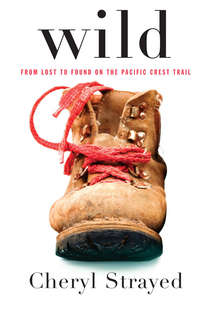 “…the wilderness had a clarity that included me.”
“…the wilderness had a clarity that included me.”
